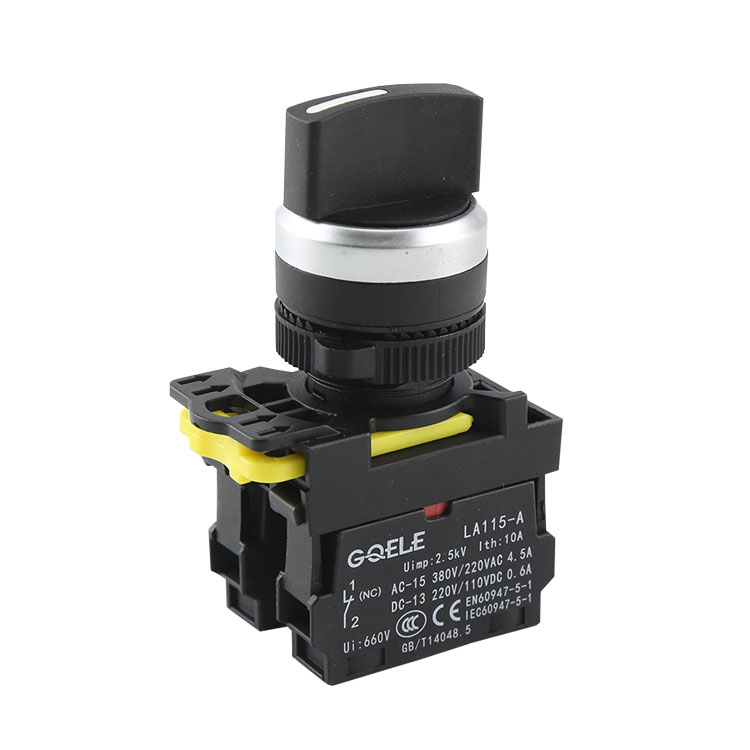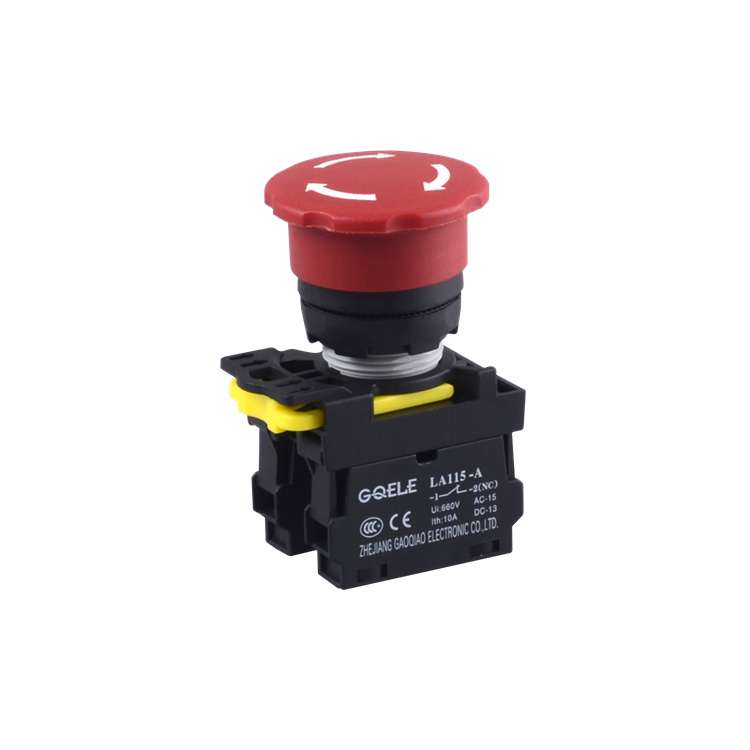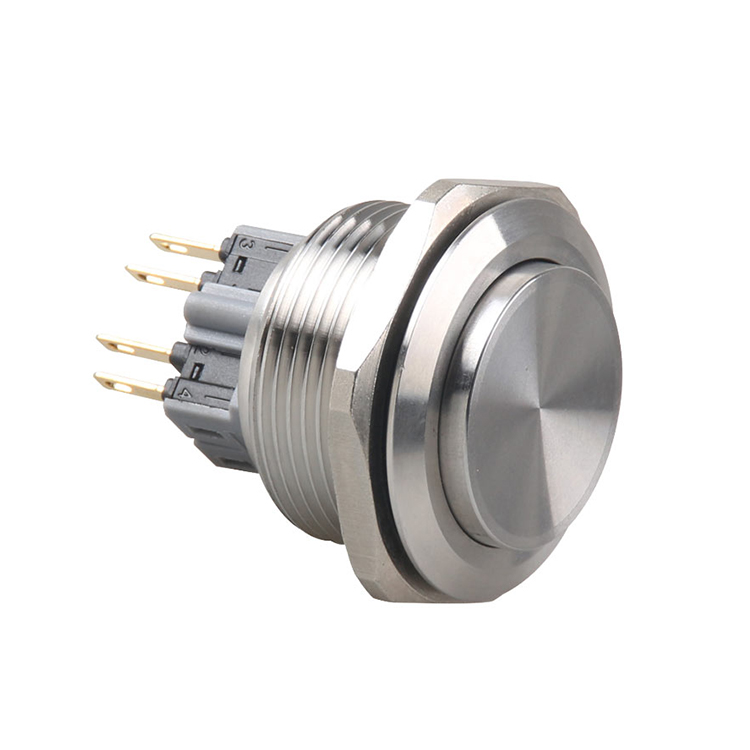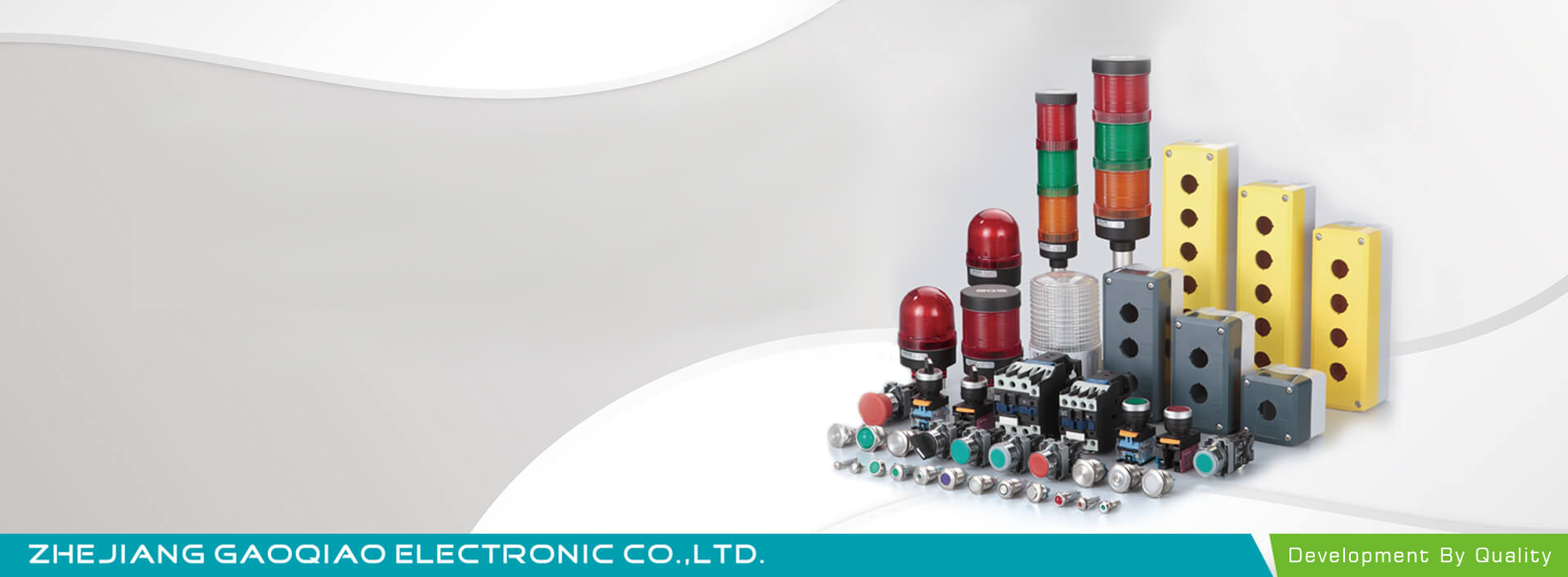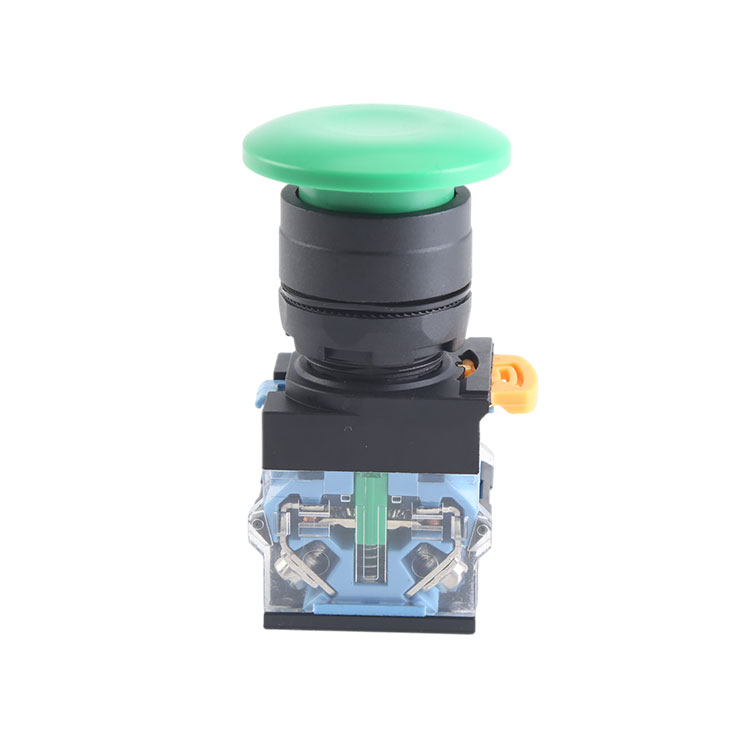The button switch may be the simplest component in the electrical circuit, but it controls the lifeblood of the entire c
What are the main materials of metal button switch and the characteristics of various materials Stainless steel: Stai
The appliances we use every day at home or in our business establishments consist of several essential components. These
A button is a control switch that is operated by applying force from a certain part of the human body (usually a finger
Signal indicator light, a device that uses light to monitor the working or position status of circuits and electrical eq
GQEM provides high-quality push button switch products, including LED push button switches, metal push button switches, indicator lights and other types. With high sensitivity, stability and reliability, our push button switches are widely used in home appliances, automobiles, medical and other fields. Welcome to visit GQEM official website for more information.
Stainless steel: Stainless steel has the characteristics of high strength, corrosion resistance, and high temperature resistance. It is one of the commonly used materials for making metal buttons. Aluminum alloy: The aluminum alloy material has the characteristics of lightness, high strength, and good thermal conductivity, and is often used to make metal buttons.
The push button switch is a commonly used electrical control component, which is mainly used to control the switching state of the circuit. When the button is pressed, the switch will be closed, the circuit will be energized, and the electrical equipment will start to work; when the button is released, the switch will be turned off, the circuit will stop energizing, and the equipment will stop working.
GQEM was founded in 2004, is an industrial production Professional manufacturer of product research and production. The main products are LED indicator, press Button, buzzer, PG waterproof connector, contactor and LED components, etc., It is widely used in control cabinets, power distribution cabinets, instrument cabinets and various control consoles.
